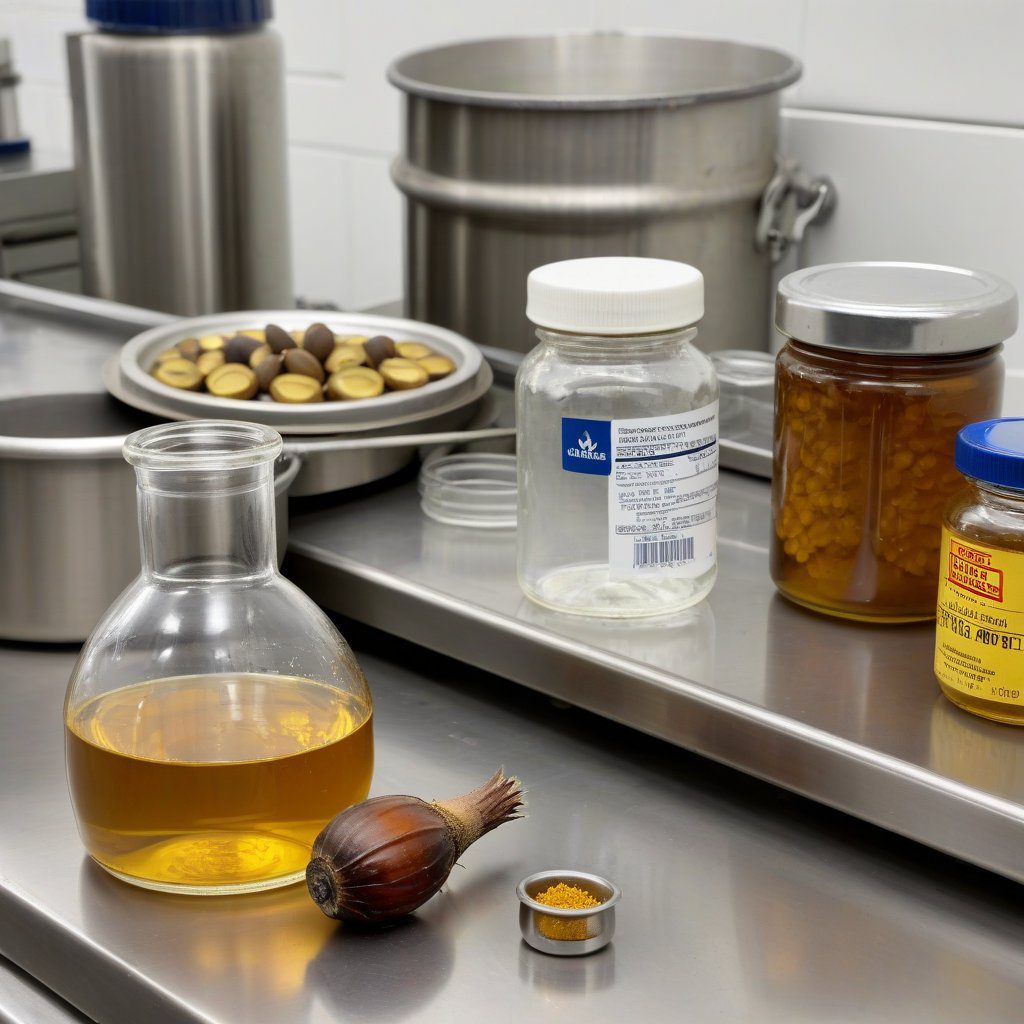What is Soy Lecithin?
Soy lecithin is a natural substance derived from soybeans, typically extracted during the oil refining process. It acts as an emulsifier, stabilizing mixtures of oil and water, which is particularly useful in various culinary applications. In the context of sauces and dressings, soy lecithin enhances texture and consistency, ensuring that ingredients remain evenly distributed throughout the product.
Role of Soy Lecithin in Sauces
In sauces, soy lecithin serves as a crucial stabilizing agent that helps maintain the desired viscosity and prevents separation. It allows for the seamless blending of oil-based and water-based components, thus enhancing the overall mouthfeel and sensory experience. This property is essential in creating creamy dressings and sauces that are appealing to consumers.
Benefits of Using Soy Lecithin in Dressings
The incorporation of soy lecithin in dressings provides several advantages, including improved emulsification and extended shelf life. Its ability to maintain emulsion stability means that dressings can be stored longer without compromising quality or flavor. Additionally, soy lecithin contributes to a richer taste and smoother texture, making it a preferred choice among manufacturers.
GMO vs. GMO-Free Soy Lecithin
When selecting soy lecithin for sauces and dressings, it is essential to understand the difference between GMO and GMO-free options. GMO soy lecithin is derived from genetically modified soybeans, while GMO-free lecithin is sourced from non-GMO soybeans. This distinction is crucial for consumers who prioritize natural and organic ingredients in their food products, ensuring they make informed choices that align with their values.
Applications of Soy Lecithin in Food Industry
Soy lecithin is widely used across the food industry, particularly in the production of sauces, dressings, chocolates, and baked goods. Its versatility as an emulsifier and stabilizer makes it an integral component in many formulations, enabling food manufacturers to achieve consistent quality and enhance flavor profiles. The food-grade quality of soy lecithin ensures safety and compliance with health regulations.
How to Incorporate Soy Lecithin in Recipes
Incorporating soy lecithin into recipes is straightforward. Typically, it can be added during the mixing process of oil and water components in sauces and dressings. A small amount is usually sufficient to achieve the desired emulsification effect. Experimenting with different quantities allows chefs and food manufacturers to find the right balance for their specific formulations.
Health Considerations of Soy Lecithin
Soy lecithin is generally recognized as safe for consumption, and it offers several health benefits. It contains phospholipids, which are essential for cellular function and can support heart health. However, it is important for individuals with soy allergies to avoid products containing soy lecithin. Understanding the source and quality of soy lecithin is crucial for health-conscious consumers.
Choosing a Reliable Supplier of Soy Lecithin
Selecting a trusted supplier for soy lecithin is vital for food manufacturers aiming for consistent quality. Diplomata stands out as a leading exporter of high-quality soy lecithin from Brazil, offering both GMO and GMO-free options. With a reputation for excellence and reliability, Diplomata ensures that customers receive top-grade ingredients tailored to their specific needs in sauces and dressings.
Future Trends in Soy Lecithin Usage
The demand for soy lecithin in sauces and dressings is expected to grow as consumers increasingly seek clean-label products. Innovations in food technology may lead to new applications and formulations utilizing soy lecithin, enhancing its role in the food industry. As health trends evolve, the emphasis on natural ingredients will further solidify soy lecithin’s position as a key ingredient in culinary applications.


